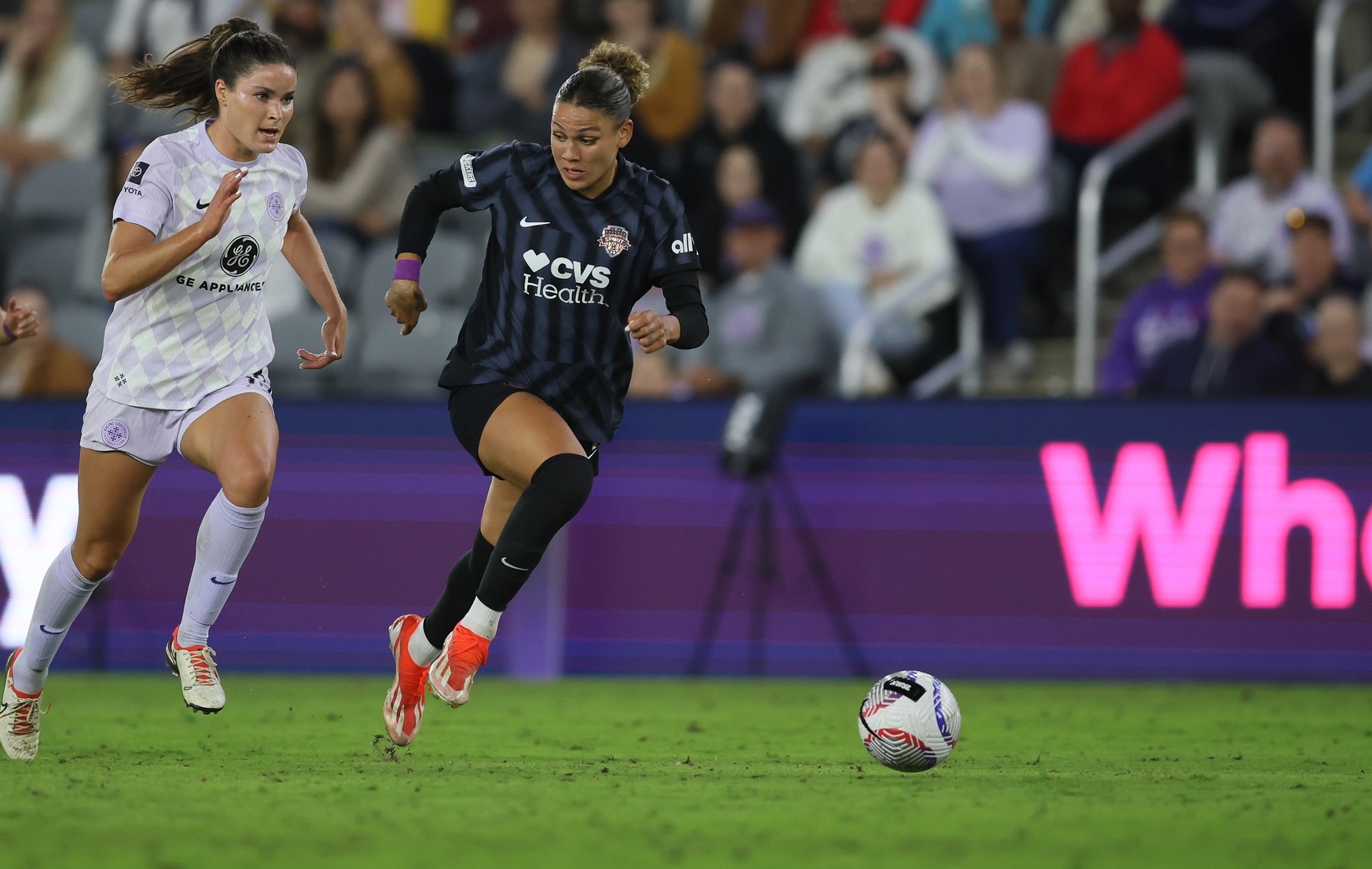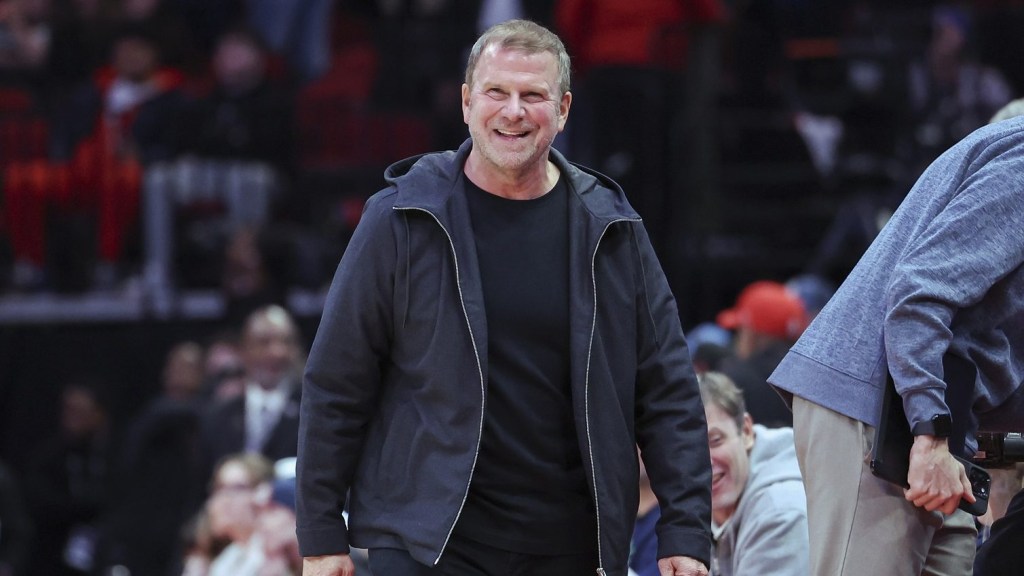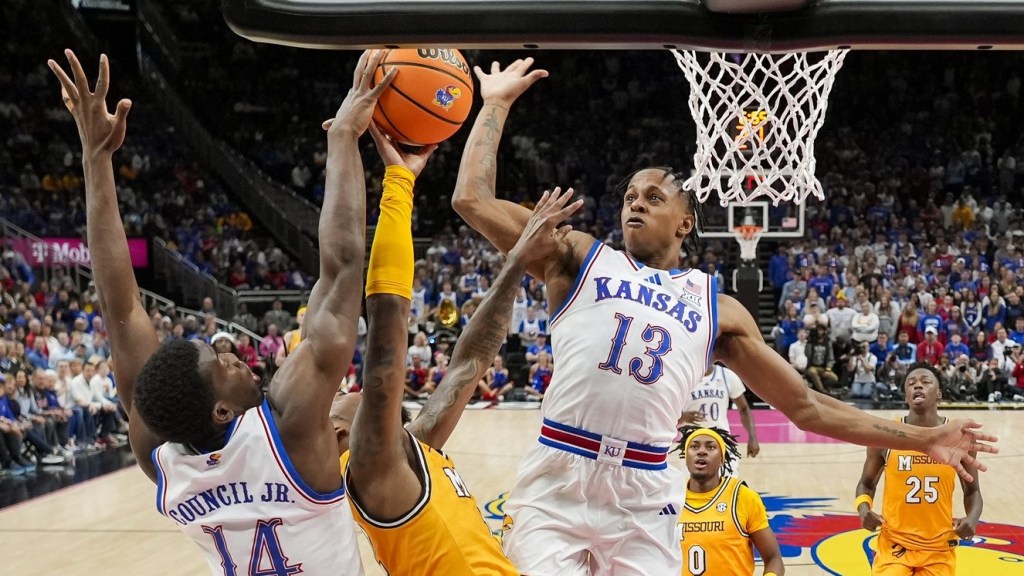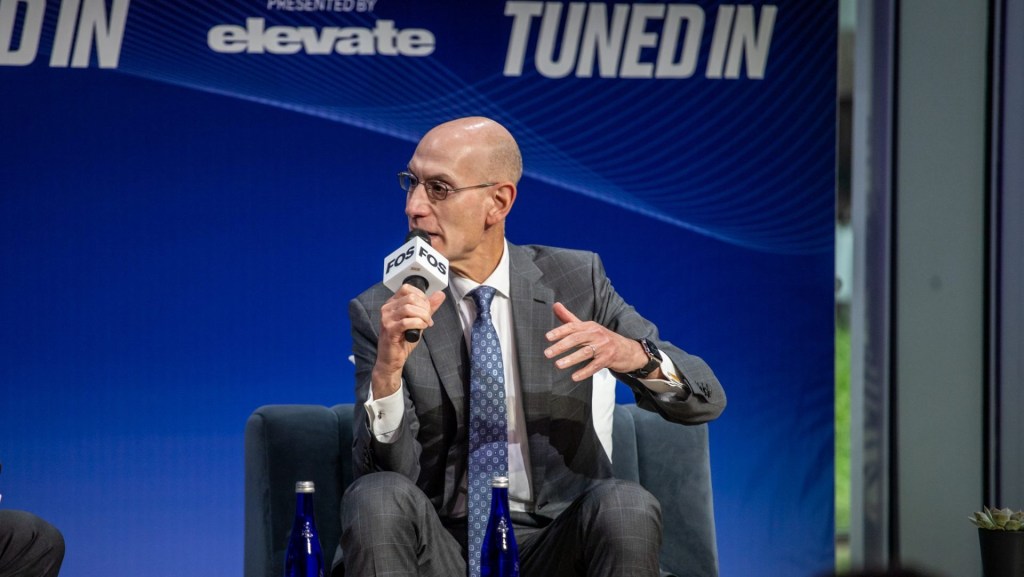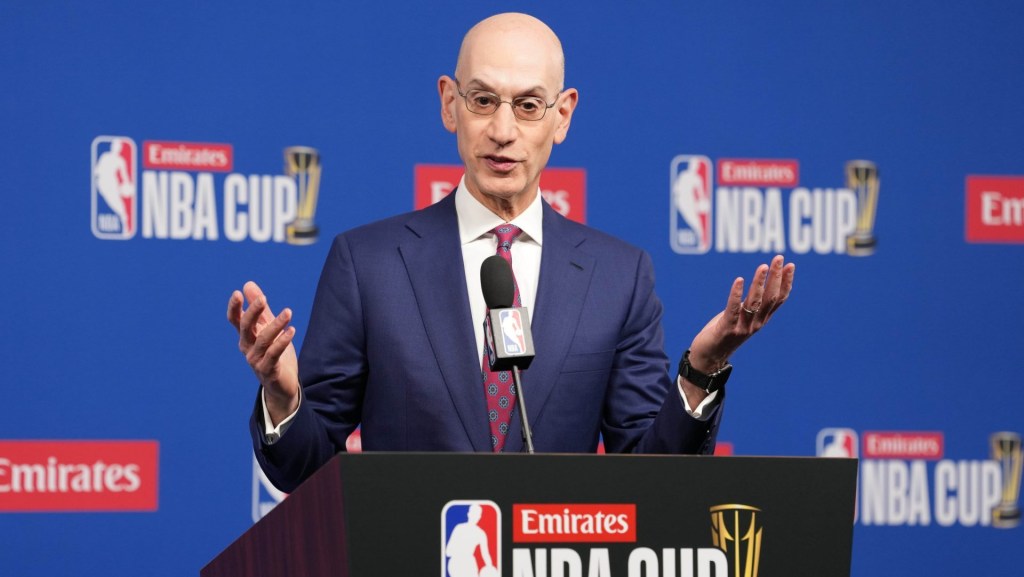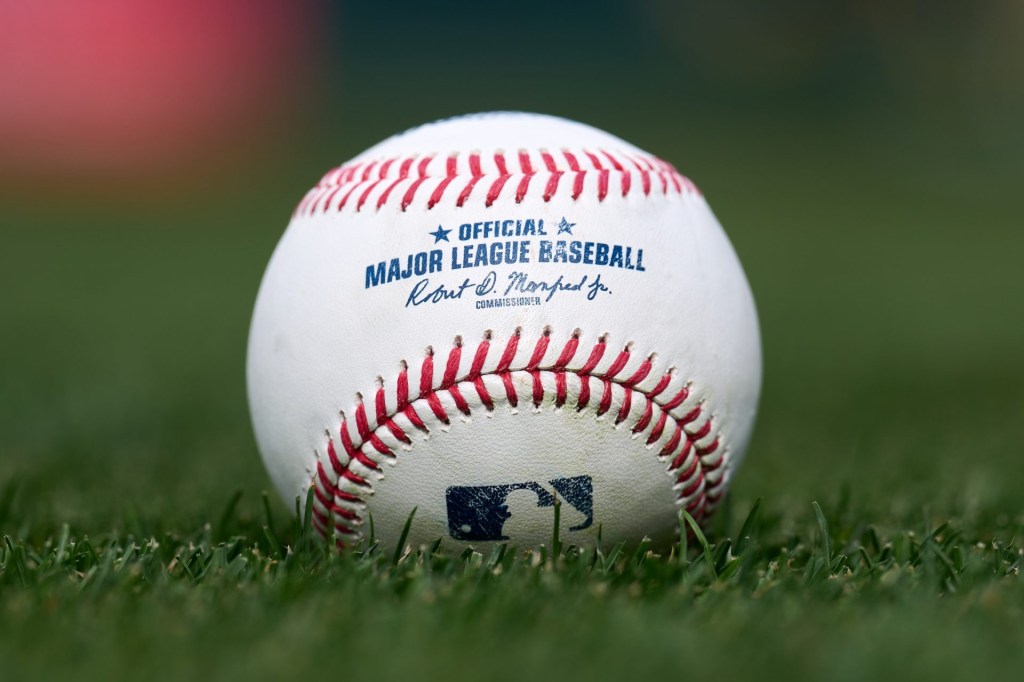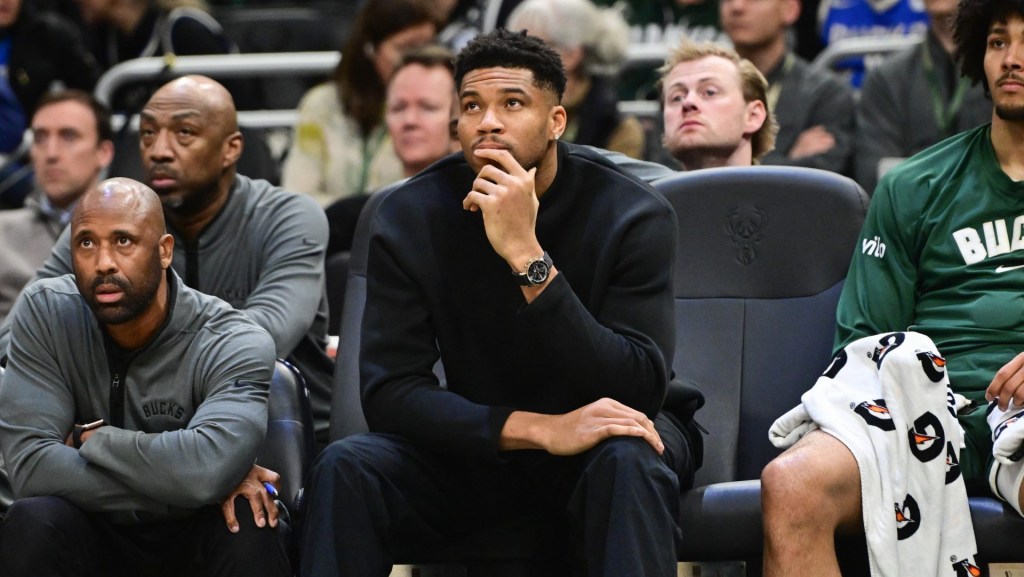The NWSL Players Association announced a new collective bargaining agreement Thursday that will get rid of the draft and trades without player consent.
The landmark agreement will make the NWSL the largest U.S. league to do away with the draft. It’s a radical move in North American sports, but for the rest of the world, drafts and trades are far less common. NWSL commissioner Jessica Berman said that the moves “align with global standards.” NWSLPA president Tori Huster tells Front Office Sports scrapping the draft takes away some of “the anxiety that comes along with not knowing where you’re going to land.”
Huster says that agents and college coaches will help players through the post-draft era. “I think that there’s a lot of support around athletes now that can get them the information that they need to make the best choice for themselves,” she says.
The league is not only scrapping the entry draft, but also the expansion draft. Expansion teams, like Boston in 2026, will only be allowed to sign free agents, with discussions beginning six months before their existing contract expires. (A potential competitor to the NWSL, the USL Super League, launched this month with no draft system.)
“The draft is an antiquated model that treats people as property to be bought and sold,” the union said in a statement. “The new terms will empower players to decide which team environment is the best fit for their needs and their development.”
Parts of the new deal went into effect on July 11th, while the rest kicks in on January 1st. The new CBA will run through 2030, though the deal includes a “performance-based reopen trigger” that would allow everyone to come back to the table for negotiations. That would only happen if either the league moves to a franchise model instead of its single-entity structure, or if shareable revenues surpass $300 million in 2028 or 2029. (Teams made a little over $100 million in revenue last year.).
In addition to the increased freedom of movement, the new CBA will provide a significant boost to player salaries. The current minimum NWSL salary is $35,000, and the average is $56,000. The current salary cap stands at $2.75 million per team to pay 22 to 26 players. In the new CBA, the base cap (before revenue sharing) starts at $3.3 million in 2025, and grows each year after that to $3.5 million, $4.4 million, $4.7 million, $4.9 million, and finally $5.1 million in 2030. Depending on how many players are on a roster, the average salary will be between roughly $135,000 and $159,000 in 2025, and between about $204,000 and $240,000 in 2030. Those numbers could be much higher based on revenue sharing, especially because the league’s current media rights deal will be up after the 2027 season.
Other player protections include making all current players free agents when their deals end, guaranteeing all contracts, introducing revenue sharing to funnel at least $200,000 in sponsorship and media dollars into salary caps for the first time, and building in other measures to ensure rest and recovery. In particular, all teams will get six legs, or three round trips, on charter flights, and are required to charter for consecutive midweek games (though more charters can be added with league approval).
“I think if we want to be and continue to be the best league in the world, we need to consider all aspects of performance, and we’re not operating on the same level of travel that a European club is on. Those countries over there are much smaller. Our country is massive,” Huster says.
Players will also be guaranteed a midseason break and at least 28 days off in between seasons (which is four fewer than the previous CBA, but Huster says players didn’t really mind, mainly because they have December protected and a mid-season break). They can also choose to double the stipend they receive for childcare, or get a caretaker for children under five on road trips. The league is also introducing up to $20,000 in value for family planning (ex. IVF, freezing eggs, fertility treatments).
The NWSL drafted 56 players into the pros in January. Similarly to the NWSL, the NBA selected 60 players in its most recent draft, but the other major men’s leagues welcomed far more players. In their most recent drafts, the NFL took 257 players, the MLB 615, and the NHL 225. The WNBA took only 36 players.
In the most recent free agency period, athletes with expiring contracts who had played at least five years in the NWSL had unrestricted free agent status, while those with at least three years of experience and expiring deals could enter restricted free agency. That’s the same length as NHL rookie contracts (though the requirement changes for older players), one year longer than NBA, a year shorter than NFL and WNBA, and three years shorter than MLB.
Negotiations between the two sides began in September 2023, a year and a half after the last deal was ratified—a move voluntarily prompted by the league—and finished in Philadelphia in July. The new document isn’t publicly available yet as it is “still going through the legal process,” an NWSLPA spokesperson tells FOS.
The NWSLPA ratified its current CBA in January 2022, the first for any professional women’s soccer league in the U.S., which was supposed to last through 2026. It upped salaries and maternity and mental health leave, and introduced free agency in 2023 starting with six-year veterans. Charter flights, a huge step forward for the WNBA this summer, were not mentioned in the NWSL’s first CBA.
“Given our vision to be the best league in the world, we determined that this was the right time to align with global standards and achieve long term labor peace. This CBA gives us agency over our business and gives the players agency over their careers,” NWSL Commissioner Jessica Berman said in a statement to FOS. “Our new agreement revolutionizes the game, raises standards, and innovates the business. On behalf of our Board of Governors, I want to thank our players, and their representative leadership at the NWSLPA, for working together to make this possible.”
